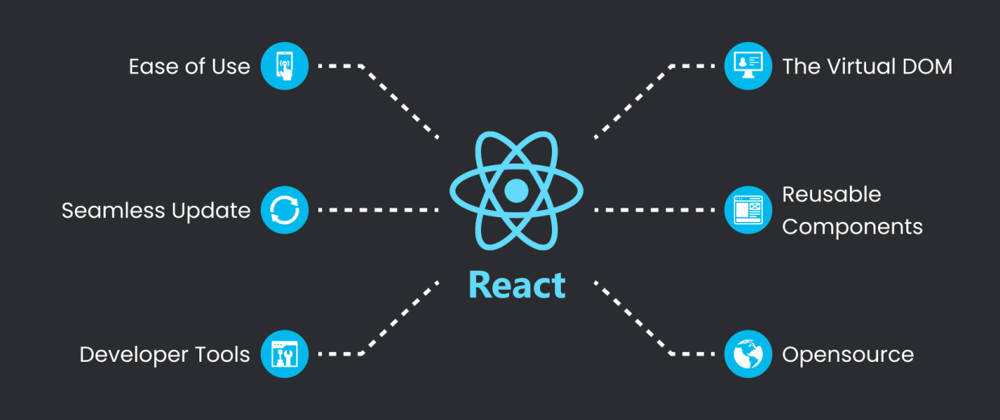Introduction
React.js has emerged as one of the most popular JavaScript libraries for building dynamic user interfaces. Developed by Facebook, React.js has gained widespread adoption among developers due to its simplicity, performance, and flexibility. In this article, we’ll provide a comprehensive guide to mastering React.js for beginners, covering everything from the basics to advanced concepts.
Understanding React.js
React.js is a JavaScript library for building user interfaces, particularly single-page applications (SPAs). It follows a component-based architecture where UIs are divided into reusable components. This approach offers several benefits such as easier maintenance, improved code organization, and enhanced reusability.
Setting Up Your Environment
Before diving into React.js development, it’s essential to set up your development environment. You’ll need Node.js and npm (Node Package Manager) installed on your machine. Once installed, you can use create-react-app, a command-line tool, to quickly scaffold a new React project.
Components and Props
In React.js, everything revolves around components. Components are like building blocks that encapsulate a piece of UI functionality. They can be simple, such as a button, or complex, like an entire form. Props (short for properties) are used to pass data from parent to child components. Understanding how components and props work is fundamental to React development.
State and Lifecycle
State allows React components to manage their data and respond to user input. Unlike props, which are passed down from parent components, state is internal to a component and can be modified over time. React components also have lifecycle methods that allow you to hook into various stages of a component’s life, such as mounting, updating, and unmounting.
Handling Events
In React.js, handling user events such as clicks, inputs, and form submissions is straightforward. You can use event handlers like onClick, onChange, and onSubmit to respond to user actions. React’s synthetic event system abstracts away browser inconsistencies, providing a unified API for handling events across different browsers.
Working with Forms
Forms are a crucial part of web applications, and React provides robust support for building forms. You can create controlled components, where form elements are controlled by React state, or uncontrolled components, where form elements manage their state internally. React also offers validation and error handling capabilities for form inputs.
Routing with React Router
For building multi-page applications in React.js, you’ll need a routing solution. React Router is the de facto standard for routing in React applications. It allows you to define routes, handle navigation, and pass parameters to components based on the URL. With React Router, you can create complex navigation structures with ease.
Managing State with Context and Redux
As your React applications grow in complexity, managing state becomes more challenging. Context and Redux are two popular solutions for state management in React.js. Context provides a way to pass data through the component tree without having to pass props manually at every level. Redux, on the other hand, offers a predictable state container that helps manage application state more effectively.
Testing React Components
Testing is an essential aspect of software development, and React applications are no exception. React provides built-in utilities like Jest and React Testing Library for writing unit tests and integration tests for your components. Testing React components ensures that your application behaves as expected and helps catch bugs early in the development process.







Top comments (0)